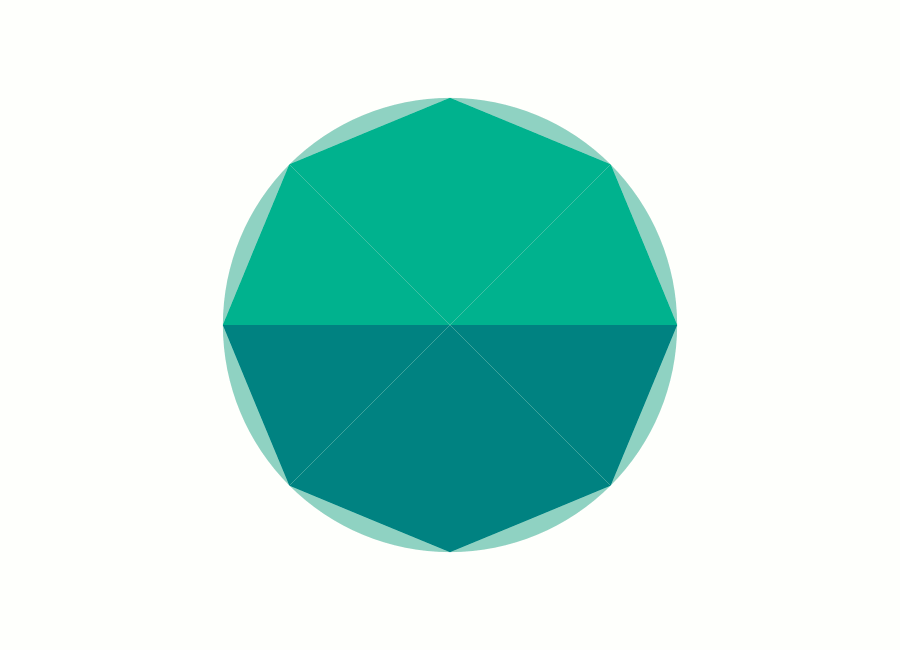What is the circumference and area of a circle with a diameter of 13 centimeters?
2 Answers
Formula for circumference of a circle:
where,
r is the radius of the circle.
Formula for Area of a Circle:
The circumference is
The area is
Explanation:
Popular rational approximations for
So the circumference of our circle will be
The formula more commonly used is
The formula for the area of a circle is
In our case we have:
#"area" = pi r^2 = pi (13/2)^2 = pi (13^2/2^2) = pi (169/4) ~~ (355*169)/(113*4) = 59995 / 452 ~~ 132.73cm^2#
Why is the area
You can divide a circle of radius
This work better the more segments you have, but here's an illustration for just



